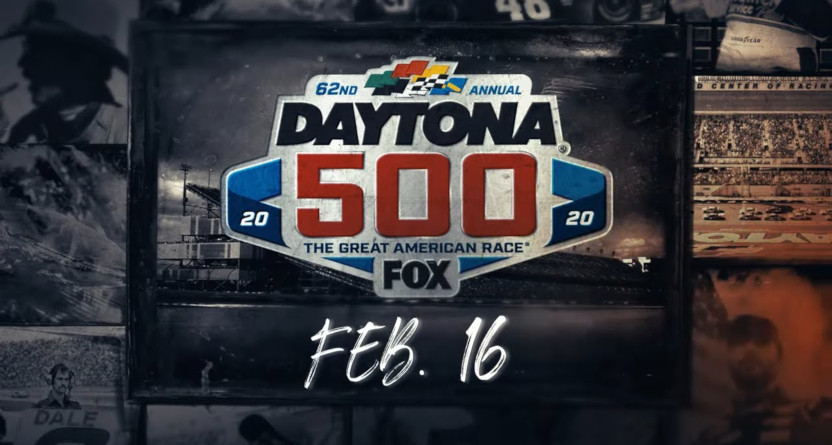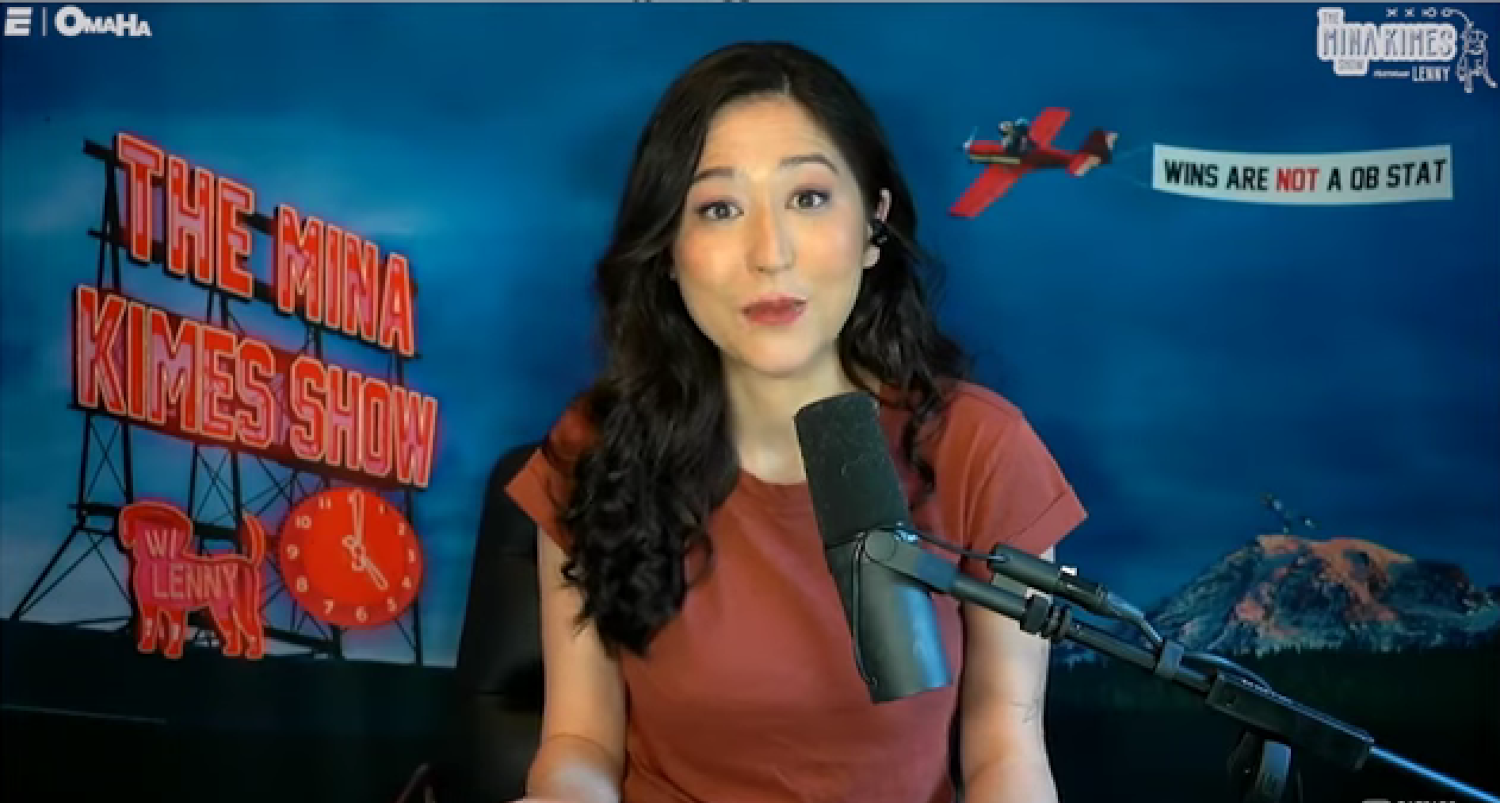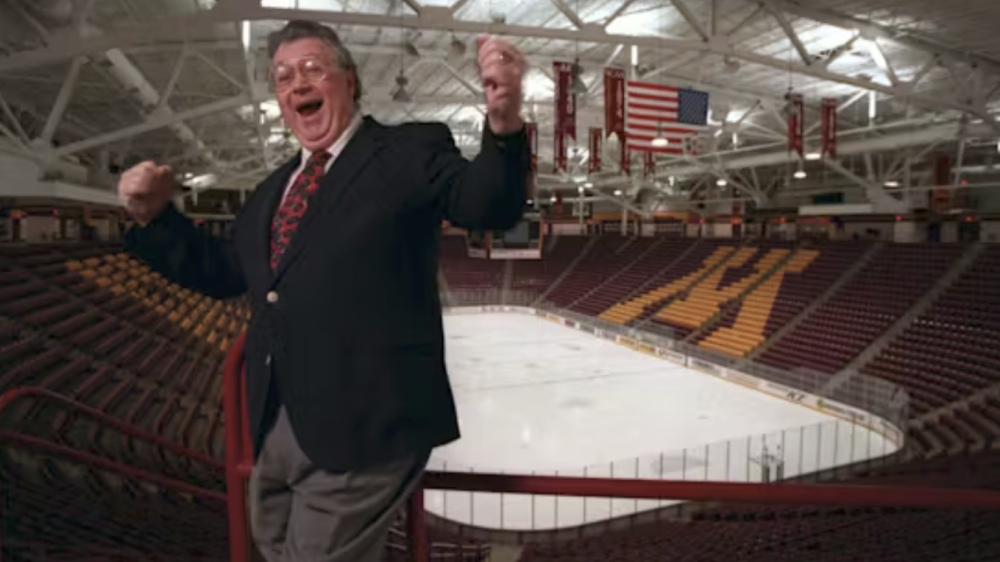PART ONE: How Fox’s first Daytona 500 broadcast in 2001 came together.
PART TWO: What was different about NASCAR on Fox?
PART THREE: Coverage of Dale Earnhardt’s death in the 2001 Daytona 500.
PART FOUR: Looking back at some memorable Daytona 500 races.
PART FIVE: How Fox’s NASCAR coverage has changed in recent years.
PART SIX: Looking at 20 years of NASCAR on Fox, and what’s ahead.
Fox took quite a different approach from much of the way motorsports coverage had traditionally been done. Myers said their goal was trying to expand NASCAR’s audience nationally.
“I think the appeal for me was trying to take a sport that was believed to be a regional sport and show people that everybody could like it. You didn’t have to be a car fanatic to enjoy NASCAR. And that was one of the things that I think motivated me, and we did some unique things. We created, back in 2001, ’10 Laps,’ rapid-fire questions, not necessary race-related, it was like a shorter form of James Lipton and Inside The Actors’ Studio. That became more common over the next 10 or 15 years, and it became trendy, but we sort of started that. ‘Boxers or briefs?’ ‘Plain or peanut?’ And you grow from there.”
“And we did that kind of thing with NASCAR drivers so that people know them out from under the racing helmet in the car. And my boss at the time, David Hill, wanted me to help drive it home, make it more about or as much about the driver as the car, and more about the strategy than the engine. And I think the drivers maybe weren’t used to, at least some of them, showing as much personality. Or if they had it, where could they unleash it, other than a rivalry or that type of thing? So for me, that was kind of an appeal, take a sport that you know was very different than football, baseball, basketball, those kind of things. And is it more about the car, or can we make it more about the driver? Can you highlight the driver without taking anything away from the machine and the appeal of that?’ …So it was a very different type of challenge for me.”
Yocum said the amount of talent brought in for that Fox debut was remarkable, and the way Hill pushed them to expand NASCAR coverage was notable.
“Oh boy, he was one of the most charismatic people I’ve ever met. Funny, passionate, but oh my gosh, his talent as a leader, a storyteller. You know, Speed Week was was on display every day, his pushing us to tell the stories. He immediately, once they got this property, he fell in love with NASCAR racing and the folks that make up NASCAR racing, which is the greatest resource in this sport, the people. He was just eaten up by it, and so it was great to have a boss like that that was all in from sunup to sundown. And he just kept pushing; ‘Tell me why, tell me why, tell me why.’ And that’s why you can look at the model that Fox used and continued to use for all the years. To tell the person who’s at home on the couch why their guy is running well, why he’s struggling, why this person is special. And we want you to know why. And especially above everything, it was all about the human being, all about the person, make that connection with the fan, and that’s exactly what was done.”
Joy said the broadcast booth also took the approach of trying to educate new fans without overexplaining.
“I think the best part of what Larry, Darrell and I were able to do over 15 years was help the fan enjoy the telecast and learn more about the complexities of racing without piling it on and making it into something that was was not understandable. The enjoyment came first. That was number one. And that’s been largely aided over the years by unique camera placement, freedom to tell stories and explore storylines outside of the usual ‘Here’s who’s first, here’s who’s second, here’s who’s battling for third. I think we came to where we had a pretty entertaining telecast.”
Yocum said that 2001 Daytona 500 showed off the way that Hill brought people together.
“Well, the great thing about the first broadcast team that Fox had is that it was new. Everybody came in essentially on the same level, because we all came in together and we’re all new together. We might have worked with one or another at a different network. And you had Larry coming in as a crew chief who had done a little bit of television on the side, you had Darrell in the same boat, came in from the cockpit, you know you had Chris Myers, who was new to NASCAR essentially, and Mike Joy, who was the anchor of our broadcast and he’s been around forever. [Jeff] Hammond, you know, new to TV as well, and if you look at the four of us that first year on pit road, you had Dick Berggren who’s been in the business, whether on the print or broadcast side, for at that point in time three decades. And we had Steve Byrnes, and he’d been around for a while, and myself, and then Jeanne Zelasko was new to the sport.”
Yocum said he felt something unique was in the works as early as some of the first meetings.
“I just felt like when we were in New York City in December of 2000, and we’re sitting in a small little conference room and there’s 15 of us, director, producer, pit producer, and the panelists, and David and Ed [Goren], and a guy named Bill Brown [a Fox Sports senior producer]. From that point, it just felt like something special was going to happen. And I just feel blessed after 20 years to still be here, be a part of this team, and still be able to tell stories from my little zip code down on pit road.”
Myers said he appreciated the receptiveness of fans to a different mode of coverage.
“I’ll applaud the people in NASCAR and the fans and the drivers. They opened the door to let me sit in and kind of catch up, as a guy who didn’t grow up in the NASCAR world necessarily. And it’s a very exclusive group, you know, they say ‘Our sport’ a lot. So they gave me that chance, and I embraced it without trying to be somebody I wasn’t. I wasn’t going to be the car expert. But I was going to ask the questions that would get us there, and bring maybe humor, or the kind of question that the people would ask who like the sport and are interested in the sport, but aren’t committed to every race day or grew up changing their own oil. And this was as car culture was changing.”
“But I think it was super for Fox for wanting somebody who was not necessarily so involved on the inside of sport, that they wanted someone who would ask questions broad enough and wide enough for anybody, to try to kind of appeal to more of an audience. And we made some high points in the ratings through that stretch. There was a sense of great pride, and a NASCAR audience that was very loyal. And it grew and expanded. And it was a fun time.”
Yocum said it all worked because of the vision of their leaders.
“But it was just one of those things where when you look at Ed and David and how they sat down with a vision. And it was like going into the NFL Draft with a brand new expansion team, saying ‘Okay, I like this person for this reason, I like that person for this reason. And this person over here, I think will mesh well with this person. And then you go out on the playing field and you’re like ‘Oh my gosh, look at the chemistry.’ And if you look at Daytona as a dress rehearsal, we must’ve done between the Cup cars, the then-Busch Grand National, DASH, IROC, ARCA, you name it, we have done almost everything. I remember at one point in time, I left Daytona having done 25 shows. So by the time we got to the 500, we’d had a lot of reps. So it all culminated with that first Daytona 500.”
PART ONE: How Fox’s first Daytona 500 broadcast in 2001 came together.
PART TWO: What was different about NASCAR on Fox?
PART THREE: Coverage of Dale Earnhardt’s death in the 2001 Daytona 500.
PART FOUR: Looking back at some memorable Daytona 500 races.
PART FIVE: How Fox’s NASCAR coverage has changed in recent years.
PART SIX: Looking at 20 years of NASCAR on Fox, and what’s ahead.







